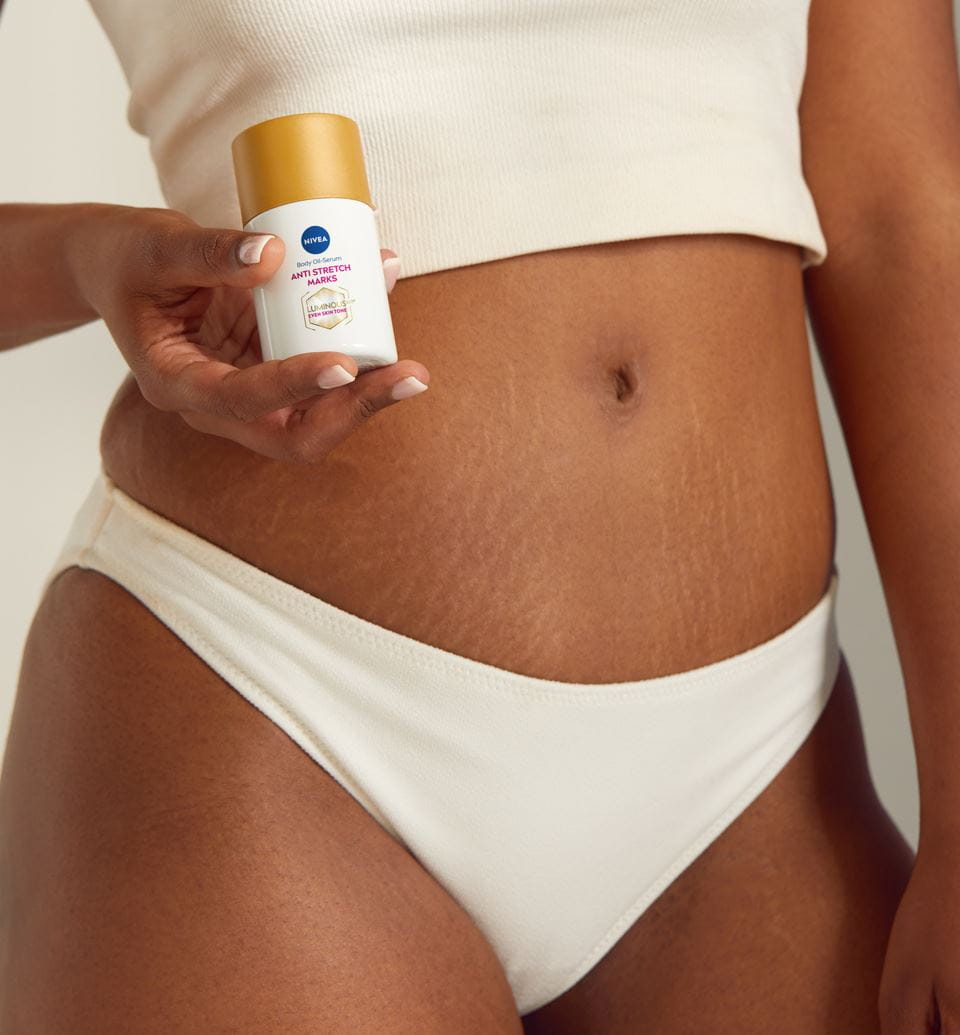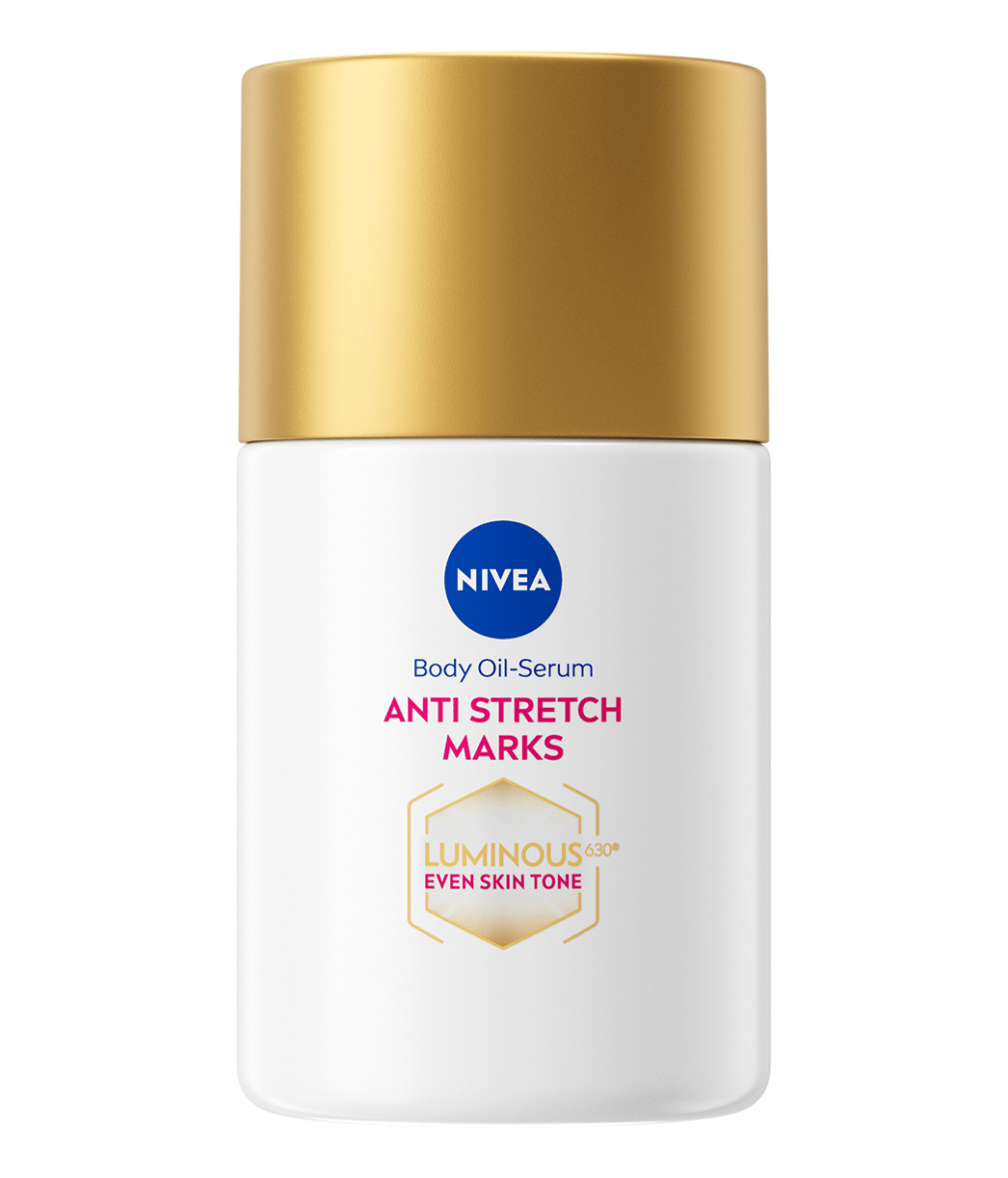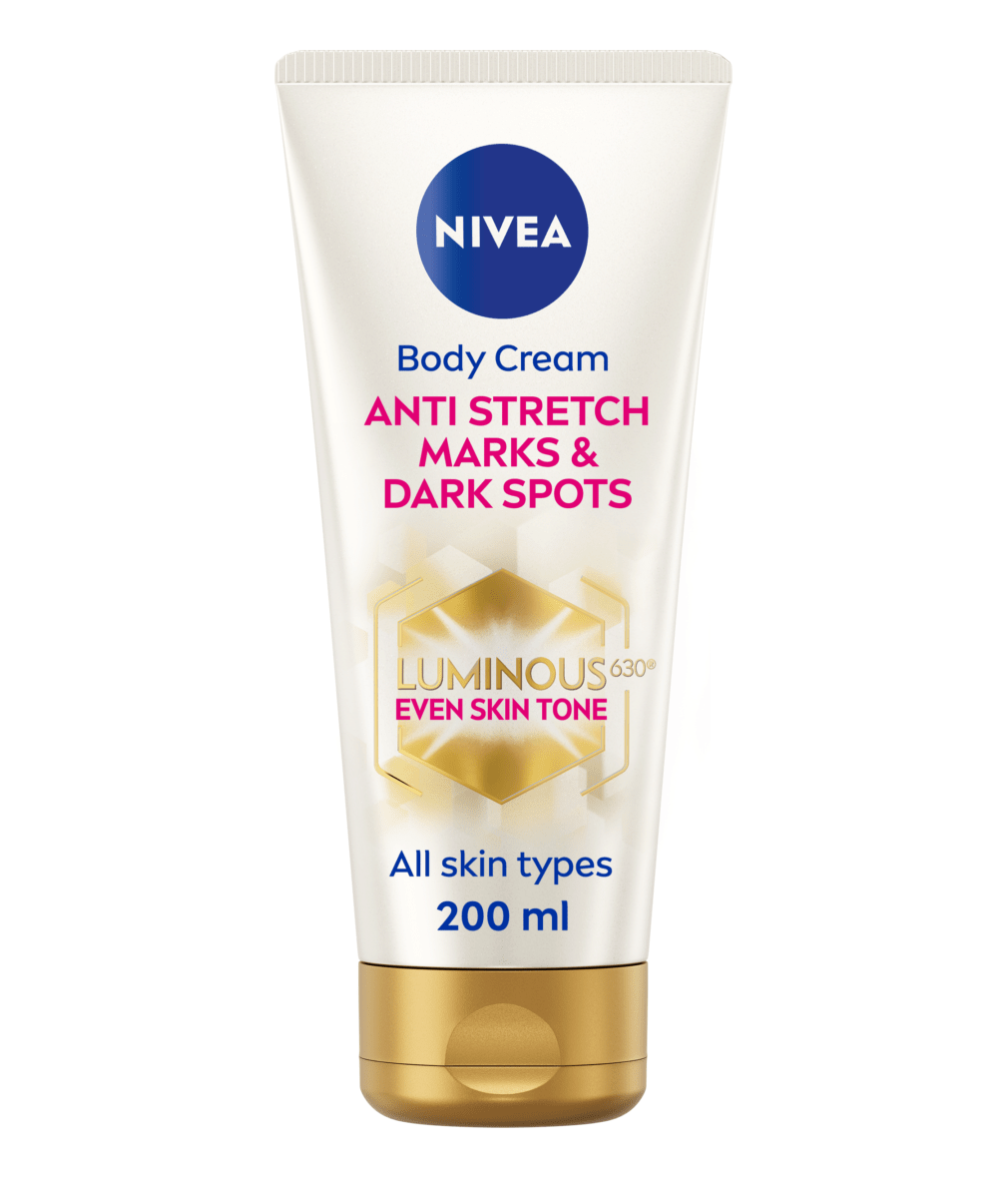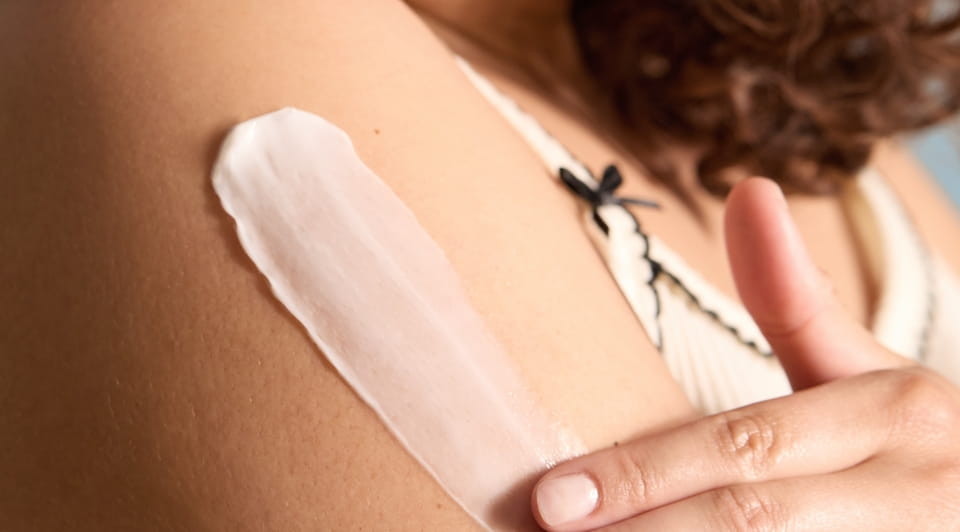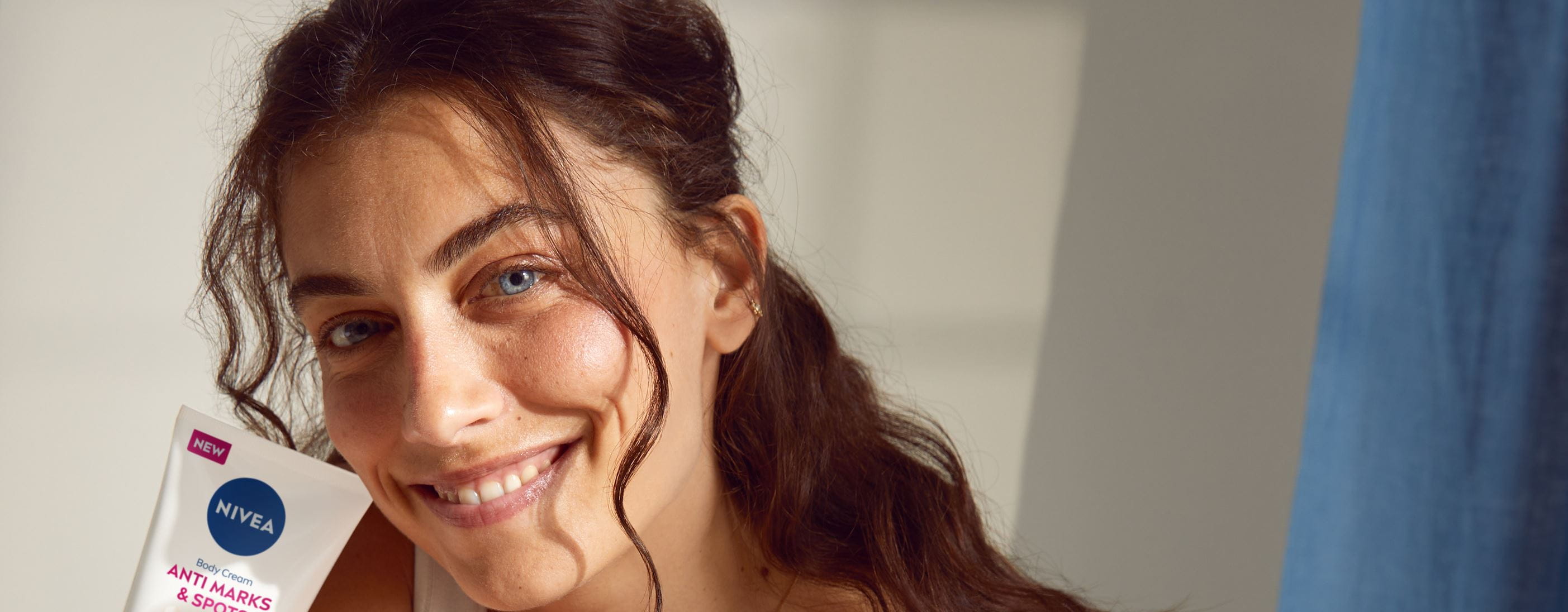
Stretch Marks in Pregnancy
Discover causes, preventive methods and treatments for pregnancy stretch marks
Whats in the article:
Stretch Marks in Pregnancy: Where Do They Appear?
Stretch marks occur when the skin is stretched rapidly due to growth or weight gain, which happens during pregnancy. Common areas include the stomach, thighs, breasts, hip and buttocks. Stretch marks are a natural part of pregnancy, so you should try and embrace them as a reminder of growing your beautiful baby.
What do Pregnancy Stretch Marks Look Like?
Pregnancy stretch marks are long, narrow streaks or lines that develop on the skin. Typically red, purple, or pink when they first appear and may fade to a silvery or white colour over time. They have a slightly indented texture and can be itchy or uncomfortable.
When Do Stretch Marks Appear During Pregnancy?
Stretch marks usually develop during the later stages of pregnancy, but this can vary from person to person. Most women start noticing them around the sixth or seventh month of pregnancy, as the abdomen and breasts expand, putting pressure on the skin's elasticity. The appearance varies due to genetics, skin type, and weight gain. Not all women experience them to the same extent during pregnancy.
2 Main Causes of Stretch Marks in Pregnancy
4 Tips on How to Prevent Stretch Marks During Pregnancy
Facts Overview
Pregnancy Stretch Marks
How To Treat Stretch Marks In Pregnancy
Hydration is key when treating stretch marks during pregnancy, here are your top tips for applying moisturiser:
How to Treat Stretch Marks After Pregnancy
Stretch Marks often fade over time but if you are looking to speed up the process then look for skincare products specifically designed for stretch marks.
What Do Stretch Marks Look Like After Pregnancy?
After giving birth, stretch marks typically undergo changes in appearance. Initially, they may appear pink or reddish due to inflammation caused by the stretching of the skin during pregnancy. Over time, usually within several months to a year postpartum, stretch marks often fade to a lighter, silvery colour.
Summary
It's important to remember that stretch marks are a completely natural part of pregnancy. Normally appearing during the later stages of pregnancy as the skin stretches to accommodate fetal growth it can be challenging to completely prevent them. Maintaining skin hydration with moisturisers during and after pregnancy, drinking lots of fluids, and managing weight gain through a balanced diet and regular exercise can help reduce their appearance.



